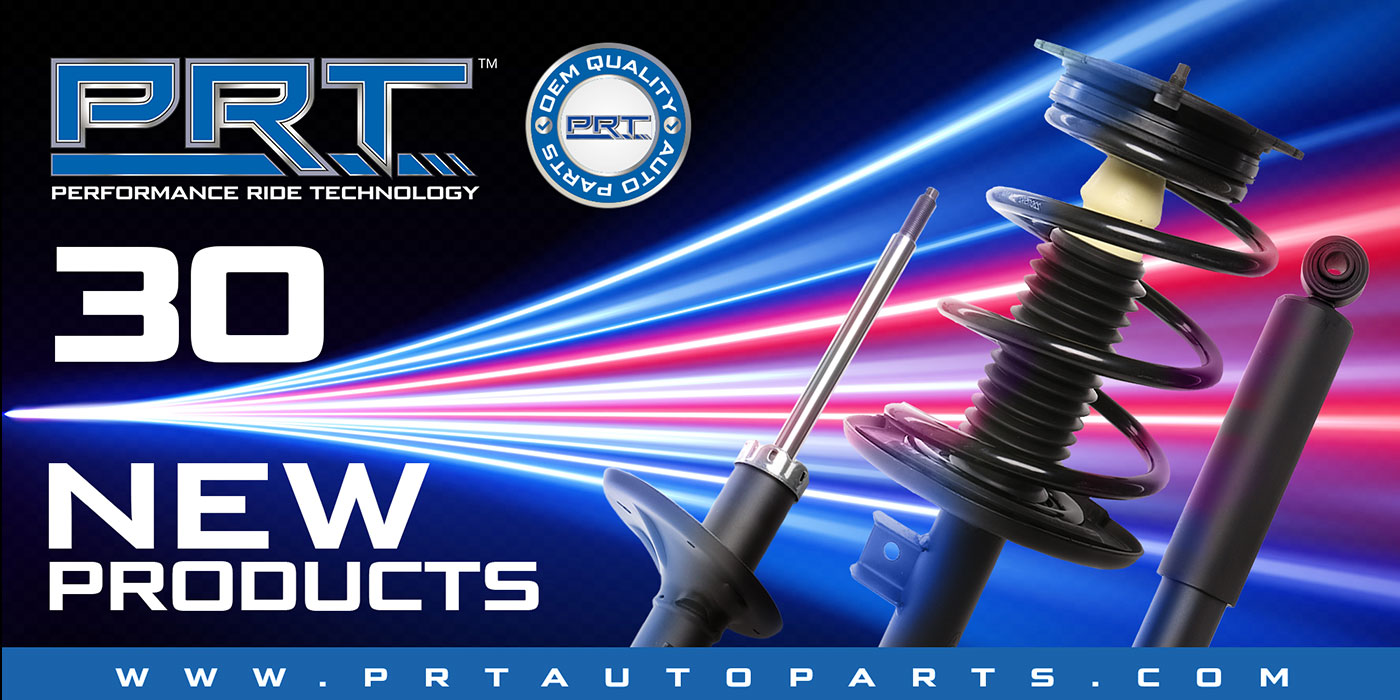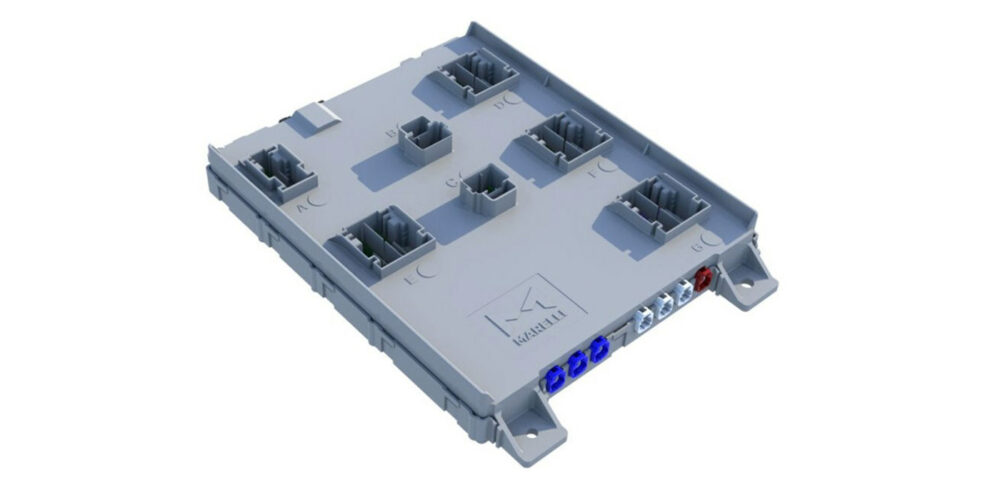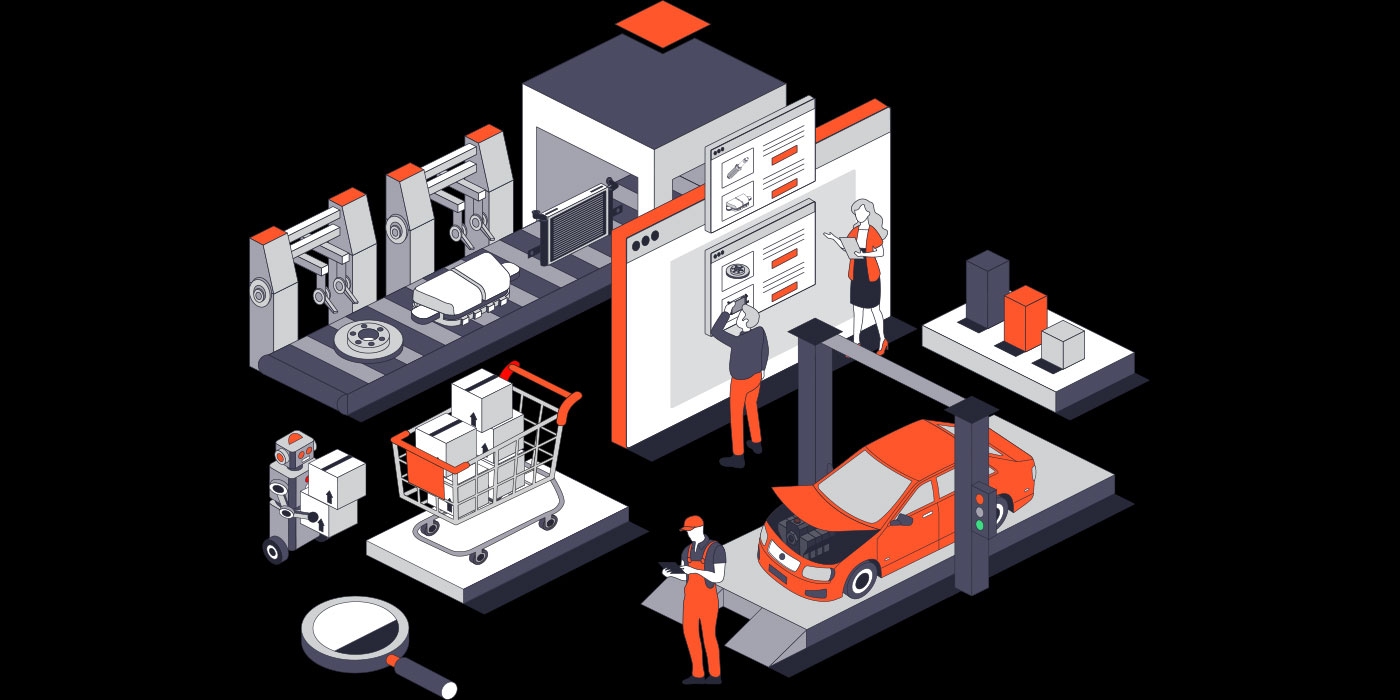By Larry Carley, Technical Editor for Babcox Publications
AKRON, OH — For many people the Internet has become the primary medium for finding information, addresses, products and services — including auto repair. If your business does not yet have its own Web site, you’re missing a great opportunity to tell people who you are and what you can do for them.
One thing all businesses have to do to stay in business is to make their presence known. You probably have a sign on your building that tells people the name and nature of your business. You may also have an ad in your telephone directory. So why not post a similar sign on the information superhighway so anybody who uses the Internet can seek you out?
I don’t have any hard statistics that “prove” huge numbers of people are using the Internet to find auto repair facilities when they need service, but I can tell you that if your shop doesn’t have a Web site on the Internet, you’re essentially invisible to Web users and are at a distinct disadvantage to other shops who are online.
It’s all about visibility, and the more visible your shop is, the more likely you are to attract new customers. A good reputation, customer referrals through word-of-mouth advertising, and a high-traffic location are all things that can help a business grow and prosper. But with so many people now using the Internet as their primary means of finding products and services, you need to be on the Internet, too.
A simple Web site can provide basic information to people who are not familiar with you, your shop or your capabilities. Your Web site should include:
• Your hours of operation;
• Your repair specialties;
• Your phone number (VERY IMPORTANT for answering questions and making appointments);
• An e-mail address, which can be used to handle questions, make appointments, send customers a repair estimate, inform customers when their vehicles are ready, send service reminders and special promotions, or communicate any other information that your customers might need or want;
• Your address (including a map and directions if necessary);
• Your credentials and affiliations (ASE, AAA, ASA, etc.);
• Your warranty policies;
• Anything else you want to say about your business, the people who work for you or the type or brand of parts you install;
• How long you’ve been in business;
• Maybe even some satisfied customer testimonials; and
• A photo (you, your shop, your employees, work being done in the shop, special equipment in your shop, etc.). Keep photos and graphics small and use the fewest number possible because graphics are slow to load when a visitor to your Web site or home page is using a dial-up modem.
My advice is to KEEP IT SIMPLE and stick to the basics. The more junk you put on a web page, the more it distracts from the important information you need to convey to potential customers. Your main page should be clean, easy to read, load quickly and list the most important details in descending order.
Don’t try to cram too much onto the opening page. If you want to provide additional information, have a link to a “Frequently Asked Questions” (FAQ) page, a “map and directions” page, a “warranty policy” page or any other pages you feel would help sell your services and capabilities.
Forget the fancy flash animation introductions. In my opinion, these are nothing but time wasters. I also hate spinning, twirling and flashing graphics, though a scrolling banner on a page can be an effective means of announcing special offers, changes in hours, a new location or other relevant news.
Don’t clutter your pages with logos, banner ads or links that have nothing to do with your business or that take visitors away from your site. Put these kinds of things on a separate “links” page.
To see an example of what I’m talking about, go to www.AA1car.com (it’s my own Web site for auto repair information).
If you don’t yet have a home page – and you don’t know anything about HTML programming – fear not, because ANYBODY can do it. Most online service providers make it easy to create a basic home page. There’s usually little or no cost involved – though you will have to pay a registration fee (typically $25 to $50) to register a www address such as “yourname” followed by .com, .net or .org if you want your very own domain name. This is a “must” if you want people to find you on commonly used search engines such as Yahoo, Google and MSN.
To create a home page, all you do is follow an easy-to-use menu and fill in the blanks. The information is plugged into a ready-made template and becomes your home page. This approach doesn’t allow much flexibility or creativity, so if you want to build a custom home page or create your own Web site, you’ll need special software for that purpose. Or, you can always pay somebody (like your teenaged son or daughter?) to be your “webmaster” and create your sign post in cyberspace.
Babcox Publications’ Technical Editor Larry Carley is recognized as one of the top technical writers in his field. A former technician, Carley is the author of more than a dozen books and more than 1,000 articles of automotive repair. His article, “Using The Internet As A Tool To Promote Your Shop,” originally ran in the June 2004 edition of Babcox Publications’ Tech Shop magazine.
_______________________________________
Click here to view the rest of today’s headlines.















